Development of compact transcriptional effectors using high-throughput measurements in diverse contexts
- PMID: 39487265
- PMCID: PMC12043968
- DOI: 10.1038/s41587-024-02442-6
Development of compact transcriptional effectors using high-throughput measurements in diverse contexts
Abstract
Transcriptional effectors are protein domains known to activate or repress gene expression; however, a systematic understanding of which effector domains regulate transcription across genomic, cell type and DNA-binding domain (DBD) contexts is lacking. Here we develop dCas9-mediated high-throughput recruitment (HT-recruit), a pooled screening method for quantifying effector function at endogenous target genes and test effector function for a library containing 5,092 nuclear protein Pfam domains across varied contexts. We also map context dependencies of effectors drawn from unannotated protein regions using a larger library tiling chromatin regulators and transcription factors. We find that many effectors depend on target and DBD contexts, such as HLH domains that can act as either activators or repressors. To enable efficient perturbations, we select context-robust domains, including ZNF705 KRAB, that improve CRISPRi tools to silence promoters and enhancers. We engineer a compact human activator called NFZ, by combining NCOA3, FOXO3 and ZNF473 domains, which enables efficient CRISPRa with better viral delivery and inducible control of chimeric antigen receptor T cells.
© 2024. The Author(s), under exclusive licence to Springer Nature America, Inc.
Conflict of interest statement
Competing interests: J.T., L.B. and M.C.B. are inventors on provisional patents related to this work and acknowledge outside interest in Stylus Medicine. L.S.Q. is a founder and scientific advisory board member of Epicrispr Biotechnologies and Refuge Biotechnologies. X.X. and L.S.Q. are inventors on provisional patents related to dCasMINI. A.S.K. is an inventor on patents related to synZiFTR, is a scientific advisor for and holds equity in Senti Biosciences and Chroma Medicine and is a cofounder of K2 Biotechnologies. All other authors declare no competing interests.
Figures
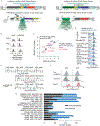



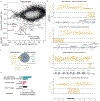

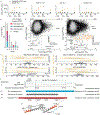
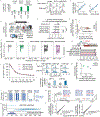
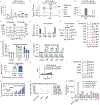
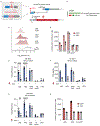
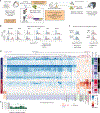
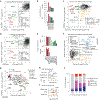



References
-
- Lambert SA et al. The human transcription factors. Cell 172, 650–665 (2018). - PubMed
MeSH terms
Substances
Grants and funding
LinkOut - more resources
Full Text Sources
Research Materials
Miscellaneous

